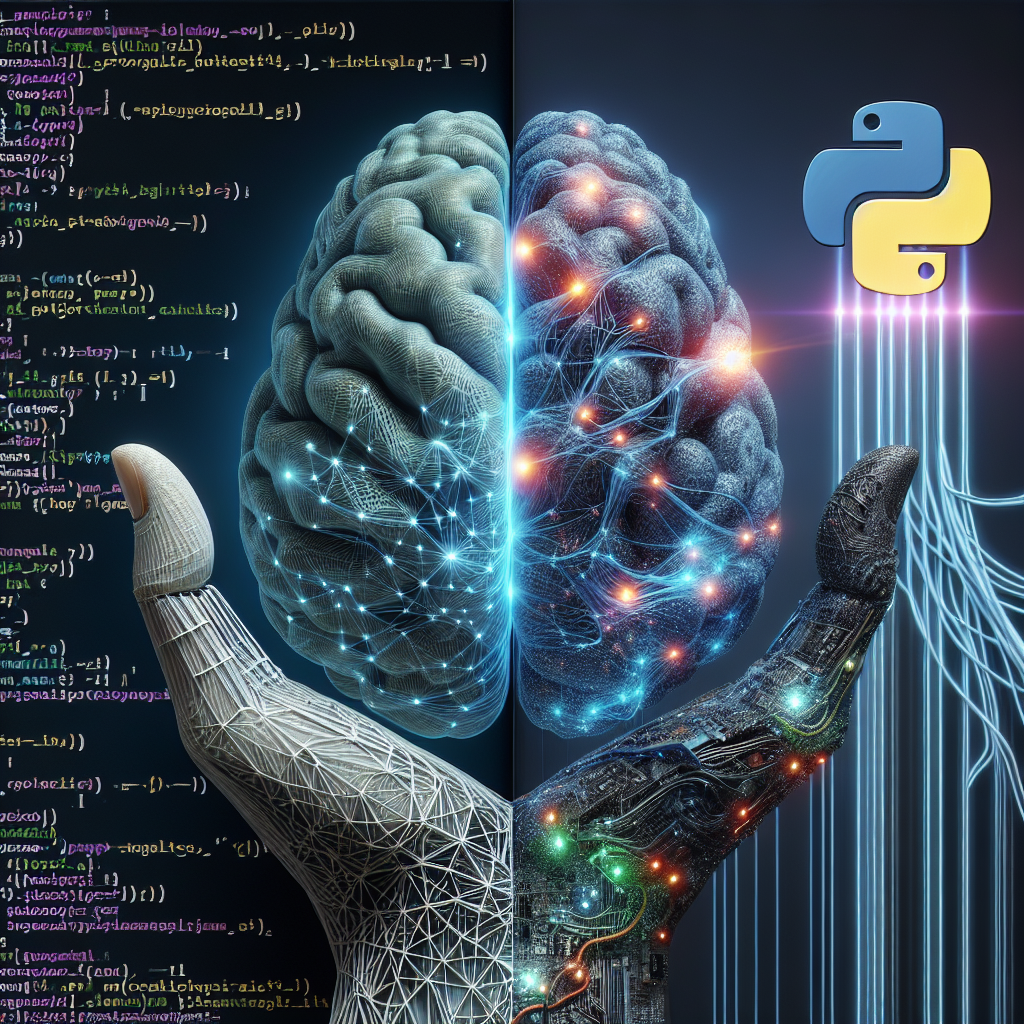Demystifying Hands-On Explainable AI (XAI) with Python: A Step-by-Step Guide
Artificial Intelligence (AI) has become an integral part of our daily lives, from personalized recommendations on streaming services to self-driving cars. However, the black-box nature of many AI models has led to concerns about their accountability and transparency. Explainable AI (XAI) aims to address this issue by providing insights into how AI algorithms make decisions.
In this article, we will demystify Hands-On Explainable AI (XAI) using Python, a popular programming language for machine learning and AI development. We will provide a step-by-step guide on how to interpret and explain the predictions of a machine learning model using XAI techniques.
Step 1: Load the Data
To start, we need a dataset to work with. We can use a popular dataset like the Iris dataset, which contains information about different species of flowers. We can load the dataset using the following Python code:
“`python
from sklearn.datasets import load_iris
iris = load_iris()
X = iris.data
y = iris.target
“`
Step 2: Train a Machine Learning Model
Next, we will train a machine learning model on the Iris dataset. We can use a simple classifier like a Decision Tree for this purpose. We can train the model using the following Python code:
“`python
from sklearn.tree import DecisionTreeClassifier
model = DecisionTreeClassifier()
model.fit(X, y)
“`
Step 3: Explain the Predictions
Now that we have trained a machine learning model, we can use XAI techniques to explain its predictions. One popular XAI technique is SHAP (SHapley Additive exPlanations), which provides a unified framework for interpreting the predictions of machine learning models. We can use the SHAP library in Python to explain the predictions of our model:
“`python
import shap
explainer = shap.Explainer(model)
shap_values = explainer(X)
“`
Step 4: Visualize the Explanations
Finally, we can visualize the explanations provided by the SHAP library to gain insights into how the model makes predictions. We can use summary plots and force plots to understand the contributions of different features to the predictions. We can visualize the explanations using the following Python code:
“`python
shap.summary_plot(shap_values, X)
shap.force_plot(explainer.expected_value, shap_values[0], X[0])
“`
By following these steps, we can demystify Hands-On Explainable AI (XAI) with Python and gain a better understanding of how machine learning models make predictions. XAI techniques like SHAP provide valuable insights into the inner workings of AI algorithms, making them more transparent and accountable. With the increasing adoption of AI in various domains, XAI is becoming increasingly important for ensuring the reliability and trustworthiness of AI systems.
#Demystifying #HandsOn #Explainable #XAI #Python #StepbyStep #Guide,hands-on explainable ai (xai) with python

Leave a Reply
You must be logged in to post a comment.